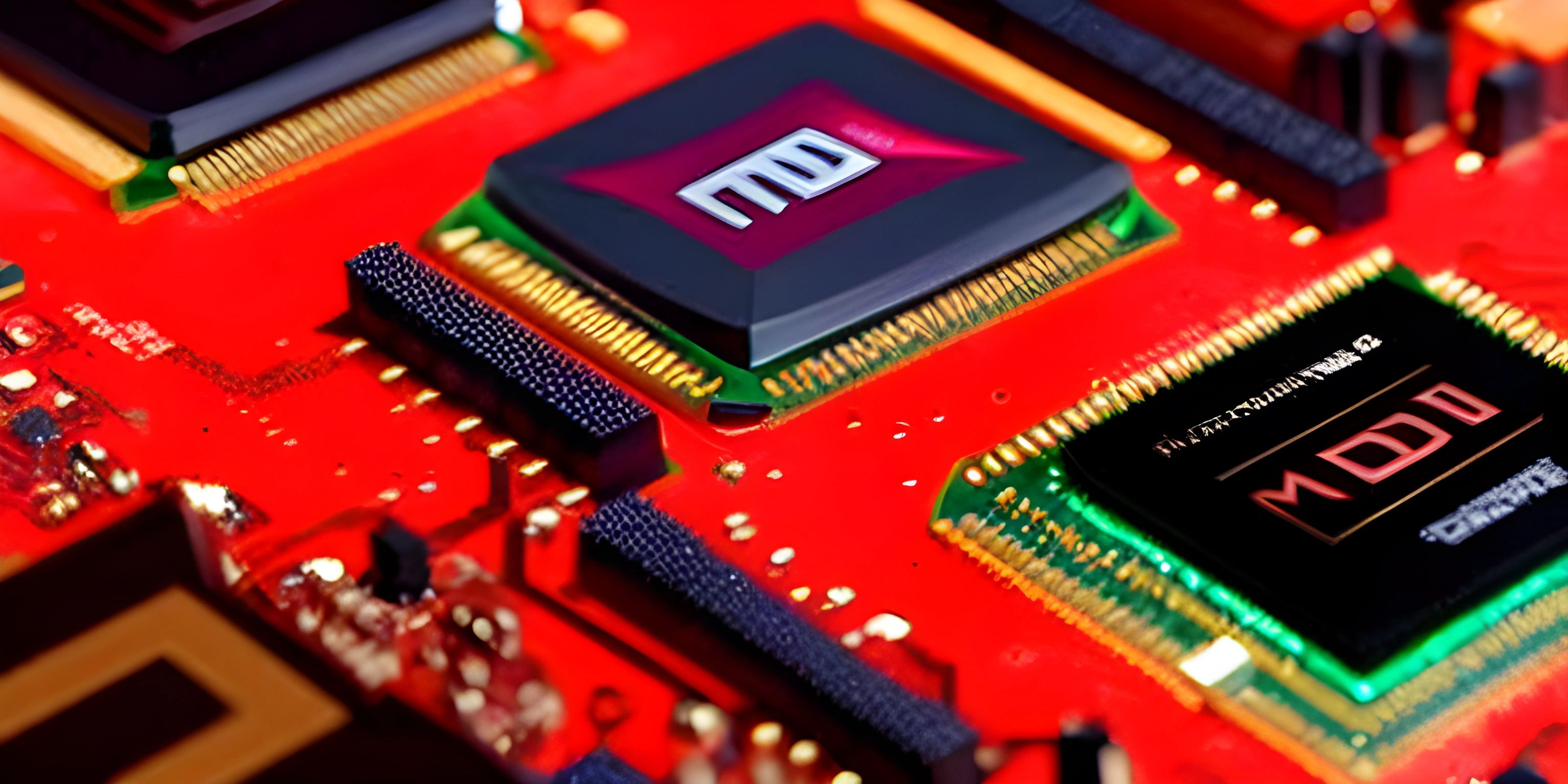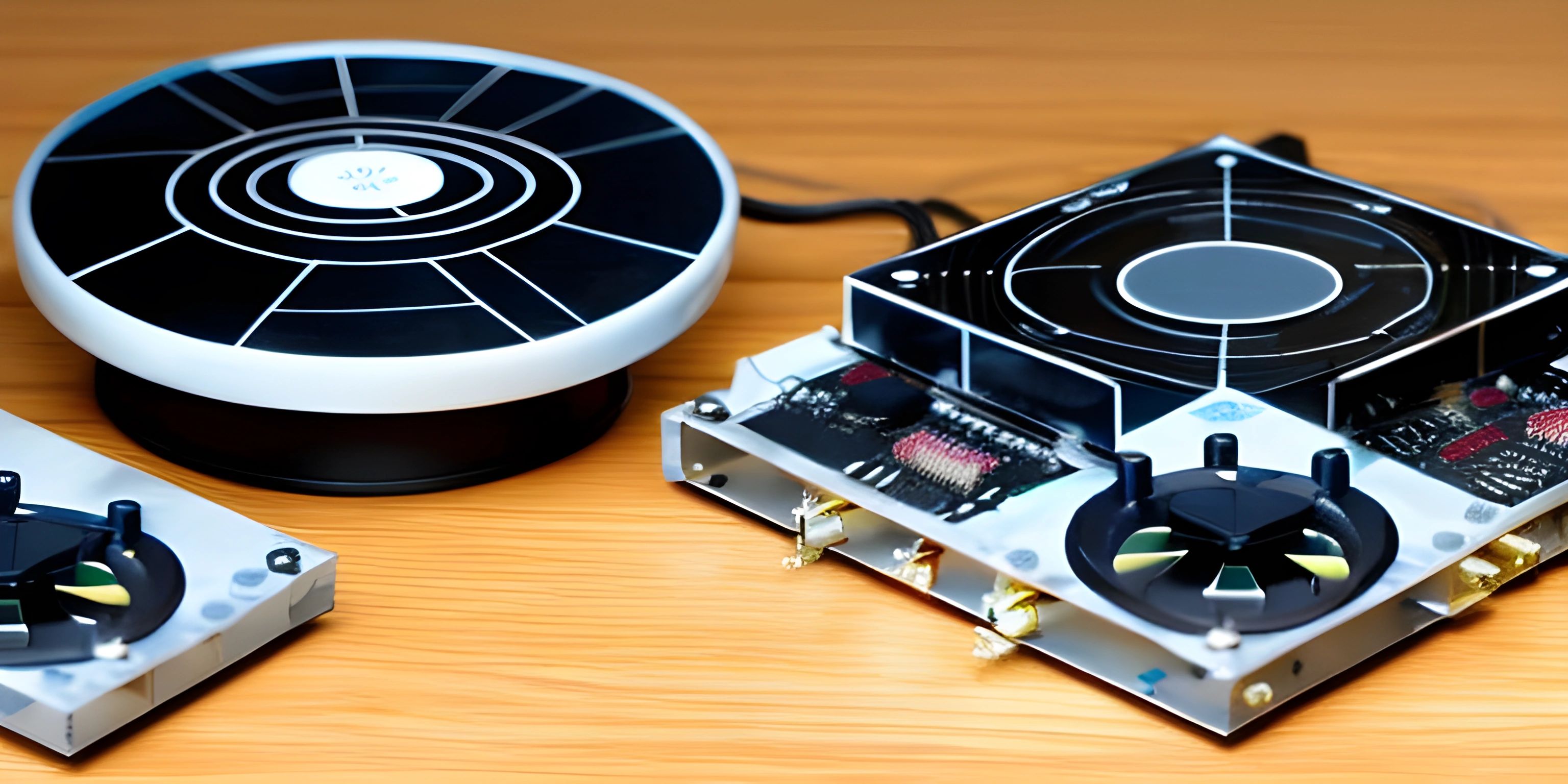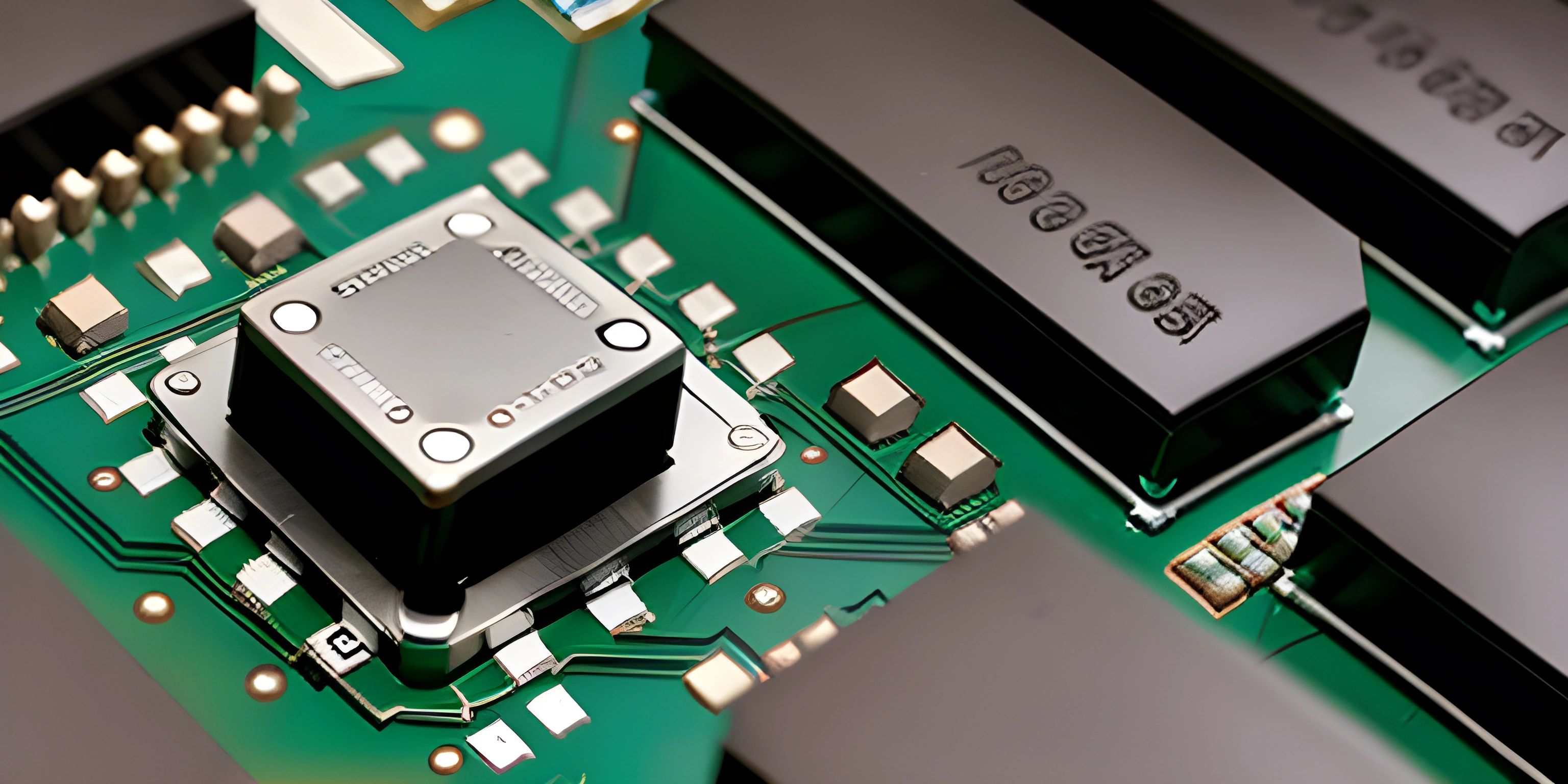Understanding Advanced Micro Devices (AMD)

Note: this page has been created with the use of AI. Please take caution, and note that the content of this page does not necessarily reflect the opinion of Cratecode.
AMD, short for Advanced Micro Devices, is a name that holds significant weight in the computing industry. If you've tinkered with computers or even just shopped for one, you've likely come across this three-letter acronym. But what does it stand for, and why does it matter? Let's journey into the world of silicon and circuits and find out.
The AMD Story
AMD has a fascinating history. Starting in 1969 as a small Silicon Valley start-up, AMD has grown to become a primary competitor with giants like Intel in the microprocessor market, and NVIDIA in the graphics processing unit (GPU) space.
The CPU Battle: AMD vs. Intel
One of the key areas AMD has made its mark is in the realm of CPUs. Its chips are known for their excellent performance-to-price ratio, often offering similar or even better performance than their Intel counterparts at a lower price point.
AMD's Zen architecture has been a game-changer, leveling the playing field and making them a popular choice for both home and business uses.
The GPU Scene: AMD vs. NVIDIA
In the world of GPUs, AMD's Radeon series has been a formidable rival to NVIDIA's GeForce line. With features like FreeSync for smoother gameplay and high-performance RDNA architecture, AMD's GPUs have won over many gaming enthusiasts.
AMD's Key Innovations
AMD's impact on the computing industry extends beyond just its competitive products. It has introduced numerous innovations that have shaped the industry.
One such breakthrough was the introduction of the first x86 dual-core processors, and later, the first 64-bit processors for consumer PCs. These advancements have had far-reaching effects on the computing industry, pushing the boundaries of what's possible with personal computing.
Another significant innovation is AMD's Infinity Fabric technology, a high-speed interconnect that allows data to travel quickly between the different parts of a processor. This has been a key factor in the success of their multi-core Ryzen CPUs.
Hey there! Want to learn more? Cratecode is an online learning platform that lets you forge your own path. Click here to check out a lesson: Rust Lifetimes (psst, it's free!).
FAQ
What is AMD known for in the computing industry?
AMD is known for its CPUs and GPUs, particularly for their excellent performance-to-price ratio. Their CPUs are a major competitor to Intel, while their GPUs give stiff competition to NVIDIA. AMD's Zen architecture and Radeon series are well regarded within their respective markets.
What are some of the innovations AMD has brought to the computing industry?
AMD has introduced several critical innovations to the computing industry. These include the first x86 dual-core processors and the first 64-bit processors for consumer PCs. AMD also developed Infinity Fabric technology, a high-speed interconnect that enhances data transfer within a processor.
What is the significance of AMD's Zen architecture?
AMD's Zen architecture has been a game-changer in the CPU market. It significantly improved AMD's performance and energy efficiency compared to its previous architectures, making AMD a competitive choice against Intel. The Zen architecture also paved the way for successful product lines like the Ryzen CPUs.





